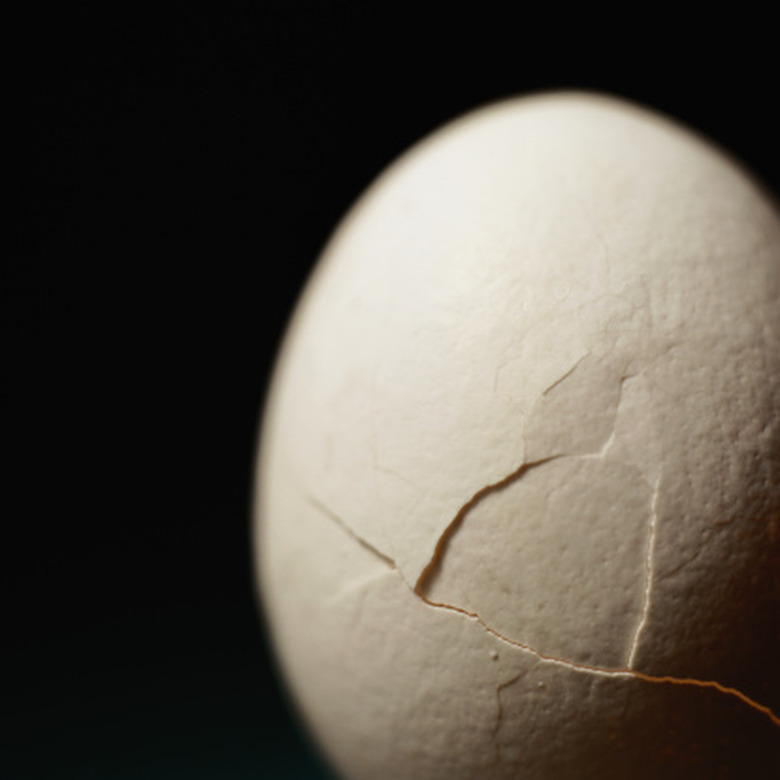Household Items To Add Nitrogen To Plants
Household items that add nitrogen to plants are primarily vegetable and fruit scraps added to soil after composting. Coffee grounds are a good source of kitchen waste rich in nitrogen. Gray water from cooked vegetables and fish tanks is also useful. The common household cleaner ammonia is also high in nitrogen. Some gardeners mix it sparingly in tonics for lawns. Use of ammonia requires great care.
Kitchen Scraps
Some kitchen waste, such as oils, fats, meats and bones, should not be composted because they attract pests and require high heat to biodegrade. Most vegetable and fruit scraps are good nitrogen sources for indoor cold composting bins filled with red worms or to outdoor hot bins containing layers of organic debris, including grass clippings and dried leaves. The MendoRecycle program of California's Mendocino County also recommends crushed eggshells, breads, pastas and cut flowers as nitrogen sources.
Coffee Grounds
MendoRecycle notes that used coffee grounds are a good source of nitrogen. However, the nitrogen in coffee grounds is not available to plants until the grounds decompose with the help of bacteria in the soil or in compost heaps. If grounds are placed on top of the soil as a slow-release fertilizer, cover them with carbon-rich mulch, such as dried leaves, and keep them moist. A recipe for hot compost is a layered combination of 1/3 kitchen scraps and green yard waste; 1/3 brown carbon-rich materials, such as wood chips and dried leaves; and 1/3 coffee grounds. Local coffee houses often save old grounds for gardeners.
Fish Tank Water
The city government of Clearwater, Florida, recommends recycling old fish tank water by using it to fertilize garden plants. The city notes that the water is full of nitrogen and phosphorus from fish excrement.
Cooking Water
Most cooks discard water from cooking vegetables and pasta. Some save it for cooking rice with flavor or to make vegetarian soup stock. The Planet Green website recommends cooling and applying it to the garden, as it contains vitamins and minerals leached during cooking. However, avoid water containing salt and oil. As with the fish tank water, cooking water is smelly, so don't use it for houseplants.
Ammonia
Ammonia is a liquid or gas with a strong smell that irritates skin and can injure the throat and lungs if inhaled. It is a common ingredient in commercial fertilizers. Some gardeners make their own lawn tonics containing small quantities of ammonia.
